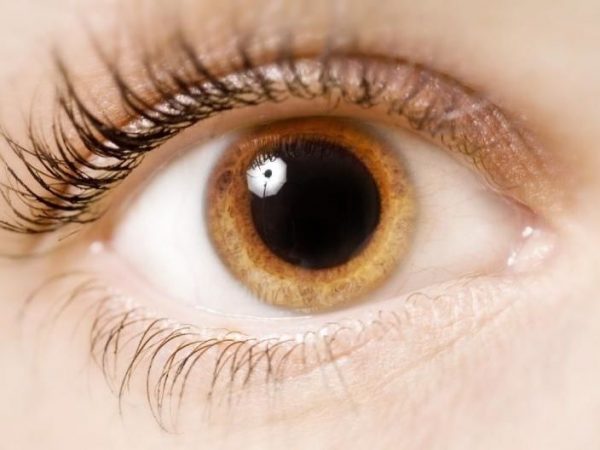ABOUT LASER EYE SURGERY (LASEK)
Laser Epithelial Keratomileusis (LASEK) is a type of laser eye surgery used to correct eyesight. LASEK laser eye surgery combines the techniques of LASIK eye surgery and photorefractive keratectomy (PRK) surgery. Like other laser eye surgeries, LASEK can correct short-sighted and long-sighted vision, as well as correcting astigmatism. There is a reduced chance of getting dry eyes after LASEK eye surgery, in comparison to LASIK eye surgery.
LASEK eye surgery is recommended for patients with thin corneas as the surgery does not involve creating a flap on the cornea which is part of LASIK eye surgery. In LASEK eye surgery, a blade is used to create and incision in the cornea, rather than creating a flap, and the outer layer of the cornea is then lifted, and the laser is applied to reshape the cornea.
Recommended for
- Long-sightedness
- Short-sightedness
- Astigmatism
- Patients who are unsuitable candidates for LASIK
TIME REQUIREMENTS
- Number of days in hospital: 1.
Overnight stay not required.
- Average length of stay abroad: 2 – 3 days.
Patients can usually fly soon after LASEK, but should take precautions to avoid dryness of the eye.

HOW TO FIND QUALITY TREATMENT ABROAD
BEFORE LASER EYE SURGERY (LASEK) ABROAD
Patients should discuss the surgery and explore the different laser eye surgery options to establish if LASEK eye surgery is the most suited option for the patient. There are a variety of advantages and disadvantages of LASEK eye surgery when compared with LASIK eye surgery and PRK surgery. For example LASEK has less complications due to the technique used when compared to LASIK, however the healing time is longer for LASEK patients.
Before the procedure, the doctor will examine your eyes to check they are healthy enough for the procedure. During the exam, the doctor will also assess if the eyes are sufficiently moist, and the curvature of your eyes will be mapped.
HOW IS IT PERFORMED
An incision is made in the eye and the outer surface of the cornea (the epithelium) is raised and an alcohol solution is applied to loosen it. Then the cornea is reshaped by removing tissue with an excimer laser. The procedure is different to LASIK, in which the outer surface is pulled back as a flap and then reattached.
Anesthesia
Local anesthetic or local anesthetic with sedation.
Procedure duration
The Laser Eye Surgery (LASEK) takes 30 to 60 minutes.

WHAT TO EXPECT AFTER LASER EYE SURGERY (LASEK)
Post procedure care
The aftercare for LASEK is slightly more demanding than for LASIK. Patients will experience some pain for around 2 days, and their vision should return over 1 to 2 weeks. Patients are usually given a special contact lens to put on the eye while it heals, as well as eye drops.
Possible discomfort
Some patients feel a temporary burning or itching sensation in the treated eye.
IMPORTANT THINGS TO KNOW ABOUT LASER EYE SURGERY (LASEK)
Success rates
Most patients achieve 20/20 vision or better after the surgery, and almost all patients achieve 20/40 vision or better.
Not recommended for
- Patients under the age of under 21
- Diabetes
- Pregnant patients
- Patients who are breastfeeding
- Immune system disorder
- Other eye problems eg. cataracts, glaucoma
Potential risks
- Infection
- Eyesight loss
- Correction error (too much or too little removed),
- Epithelial ingrowth (the outer surface grows into the cornea)















